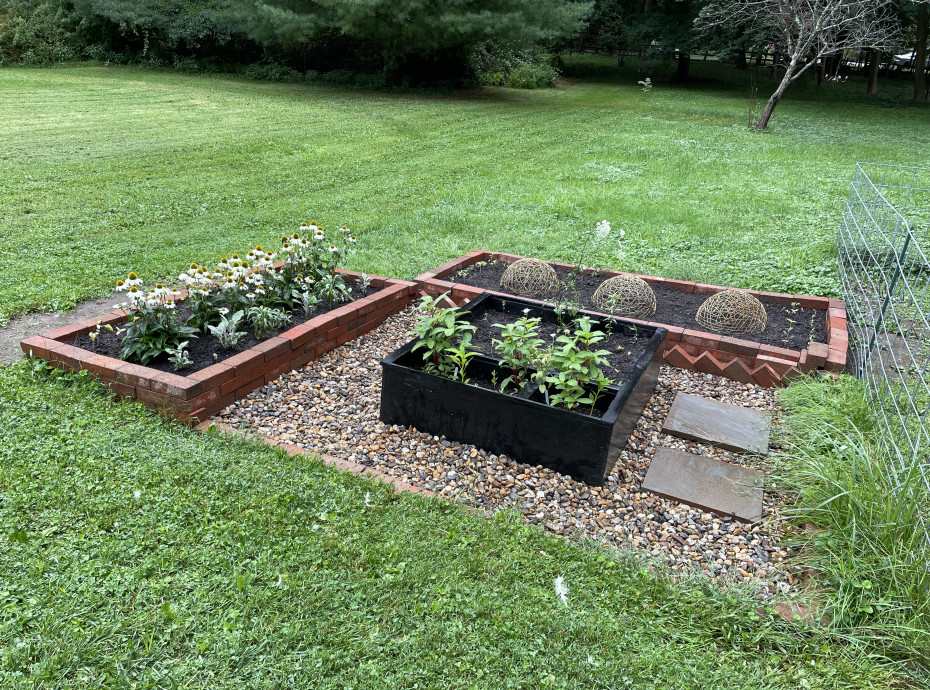Introduction
Creating a thriving garden doesn’t have to be expensive. Cheap garden boxes offer an affordable solution for growing your own vegetables, herbs, and flowers while maximizing space and improving soil quality. Whether you’re a beginner looking to start a small garden or an experienced gardener aiming to expand, choosing the right garden boxes can make a huge difference.
In this article, we’ll explore the best options for cheap garden boxes, tips for building your own, and how to maintain them effectively. You’ll learn practical advice backed by expert insights to help you create a flourishing garden without breaking the bank.
Why Choose Cheap Garden Boxes?
Benefits of Raised Garden Boxes
Raised garden boxes improve soil drainage, reduce weed growth, and protect plants from pests. They also make gardening accessible for people with limited mobility. Choosing cheap garden boxes allows you to reap these benefits while managing costs.
Cost-Effectiveness
- Affordable materials: Using recycled wood, pallets, or inexpensive plastic containers can significantly reduce expenses.
- DIY options: Building your own garden boxes saves labor costs and allows customization.
- Longevity: Properly constructed garden boxes can last several years, providing excellent value.
Top Materials for Cheap Garden Boxes
Wood
Wood is a popular, budget-friendly choice. Cedar and redwood resist rot but can be pricier; pine or fir are cheaper but need sealing.
- Pros: Natural look, easy to work with, good insulation for roots.
- Cons: May require treatment to prevent rot.
Recycled Pallets
Repurposed pallets are an eco-friendly and cheap alternative.
- Safety tip: Ensure pallets are heat-treated, not chemically treated.
- Advantages: Readily available, customizable size.
Plastic and Composite Options
Plastic boxes can be inexpensive and durable.
- Benefits: Lightweight, weather-resistant.
- Considerations: May retain heat, less breathable than wood.
How to Build Your Own Cheap Garden Box
Creating your own garden box is cost-effective and rewarding.
Step-by-Step Guide
- Choose your material: Wood planks or pallets are ideal.
- Measure and cut: Decide the size (commonly 4×4 feet) for easy access.
- Assemble: Use screws or nails to secure corners.
- Seal and protect: Apply non-toxic sealant if using untreated wood.
- Prepare the site: Level the ground and add a weed barrier.
- Fill with quality soil: Use a mix of compost, peat moss, and garden soil.
Expert Tip
Gardening expert Lisa Johnson suggests, “Building your own raised beds not only cuts costs but allows you to tailor the dimensions to your garden space, optimizing plant growth.”
Maintaining Cheap Garden Boxes for Lasting Use
Regular Care
- Inspect for damage: Check wood for rot or plastic for cracks.
- Soil replenishment: Add compost annually to maintain fertility.
- Pest management: Use natural deterrents to protect plants.
Seasonal Tips
- Cover boxes during winter to protect soil structure.
- Rotate crops to prevent nutrient depletion.
Where to Find Affordable Garden Boxes
Online Marketplaces and Local Nurseries
- Websites like Amazon, eBay, and Etsy offer budget-friendly options.
- Local garden centers sometimes have sales or clearance items.
Community Resources
- Check community groups or gardening clubs for DIY workshops.
- Free or low-cost pallets and materials might be available from local businesses.
Conclusion
Cheap garden boxes provide an accessible entry point into gardening, combining affordability with functionality. By choosing the right materials, building thoughtfully, and maintaining your garden boxes well, you can enjoy fresh produce and vibrant plants without a hefty investment.
Start small, experiment with DIY options, and gradually expand your garden. Remember, a successful garden is built on good planning, consistent care, and a passion for growing. Embrace the joy of gardening today with budget-friendly garden boxes that cultivate both plants and your green thumb!
